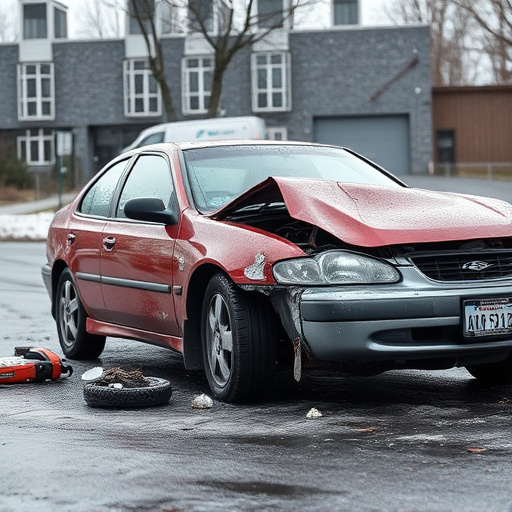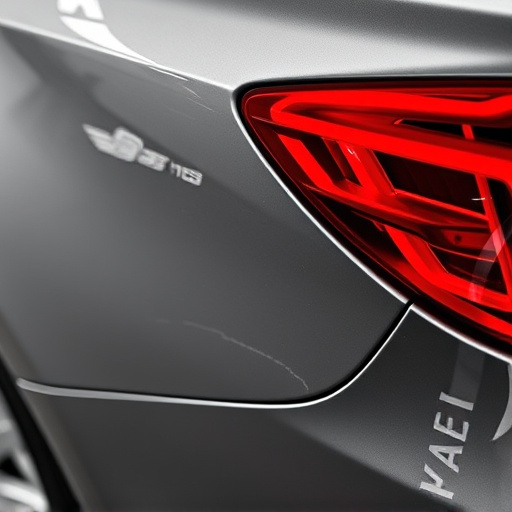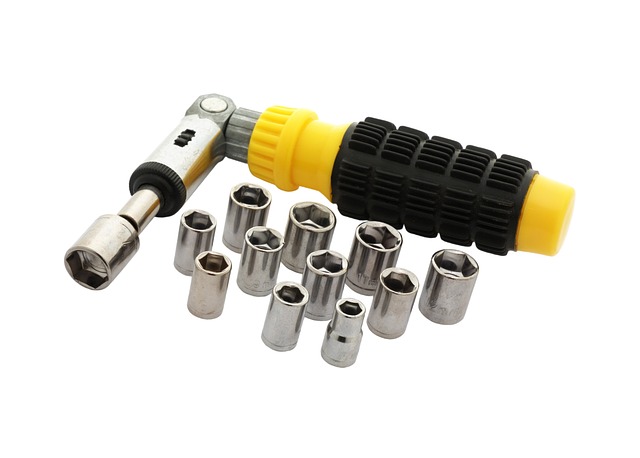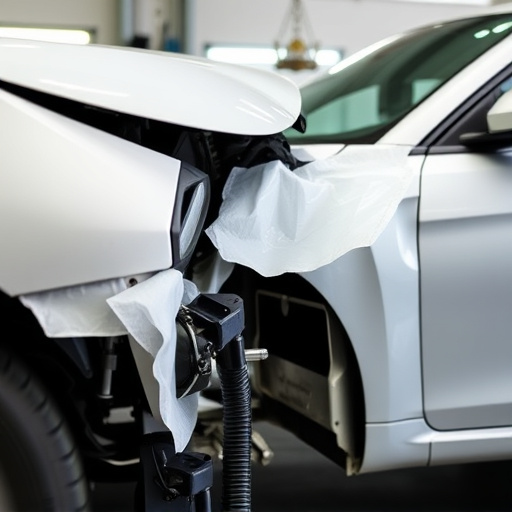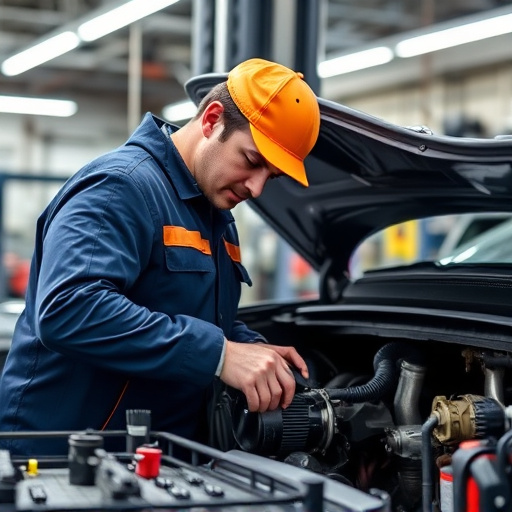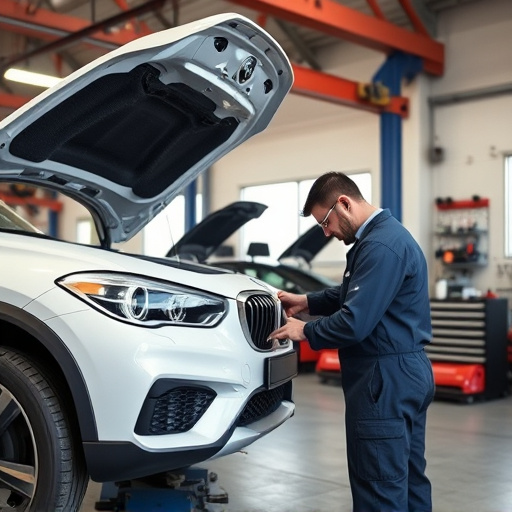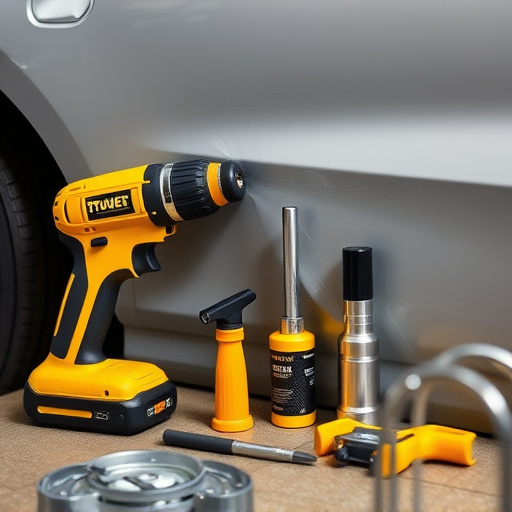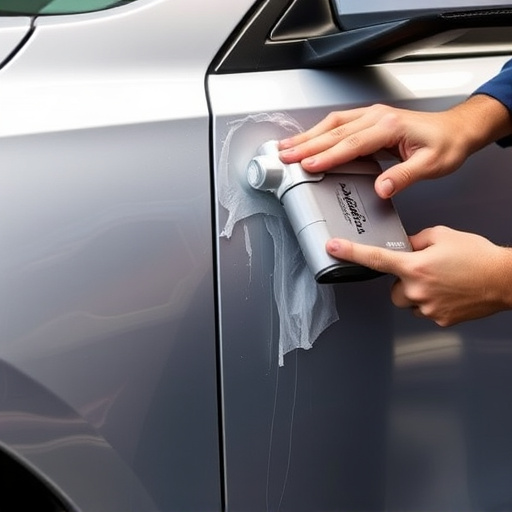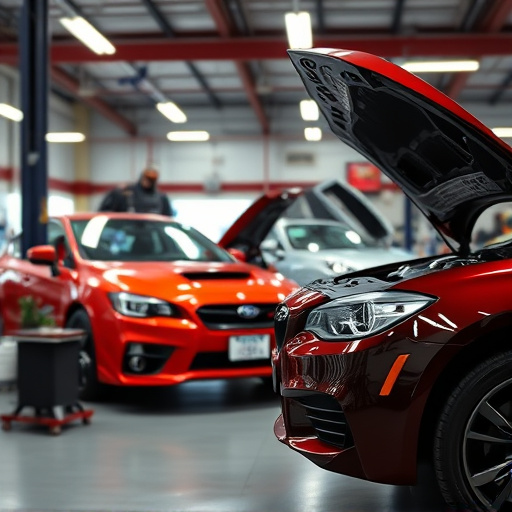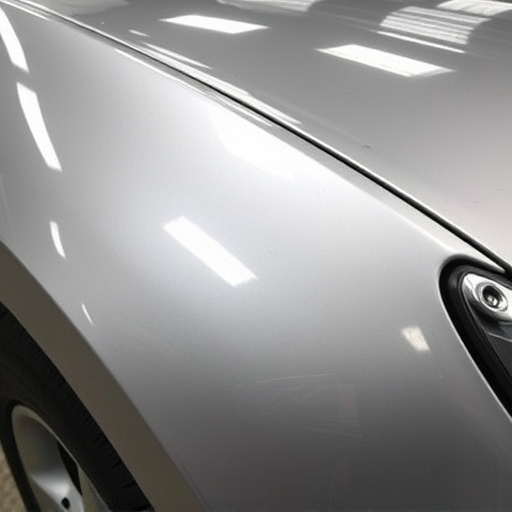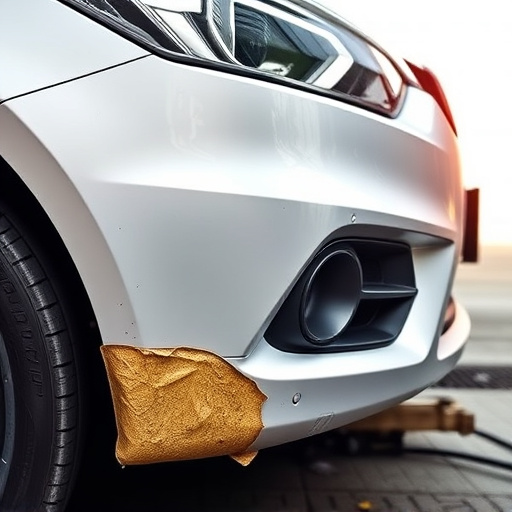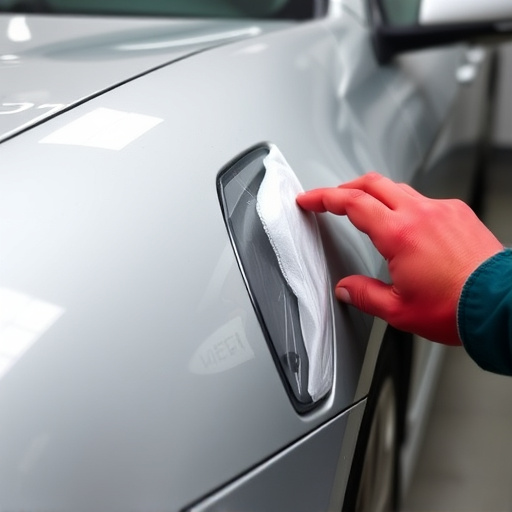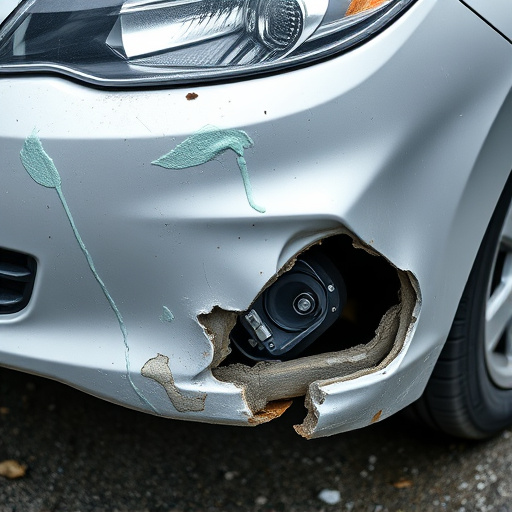TIG welding collision systems offer advanced, precise auto damage repairs, especially for complex structural work. Combining TIG welding accuracy with computer-controlled machinery, these systems provide high-quality frame straightening meeting original manufacturer standards. Ideal for classic car restoration, they preserve vintage vehicles' integrity and aesthetic appeal, making them a preferred choice in the automotive repair industry.
In the realm of auto repair, TIG welding collision systems have emerged as indispensable tools, revolutionizing the way body shops tackle complex repairs. This article delves into the intricacies of these advanced systems, highlighting their understanding and advantages in modern auto body repair processes. We explore how they navigate challenges, ensuring quality repairs that restore vehicles to their optimal condition. By embracing TIG welding collision systems, auto repair facilities are not just fixing cars but enhancing their reputation through precision and efficiency.
- Understanding TIG Welding Collision Systems
- Advantages in Auto Body Repair Processes
- Navigating Challenges and Ensuring Quality Repairs
Understanding TIG Welding Collision Systems
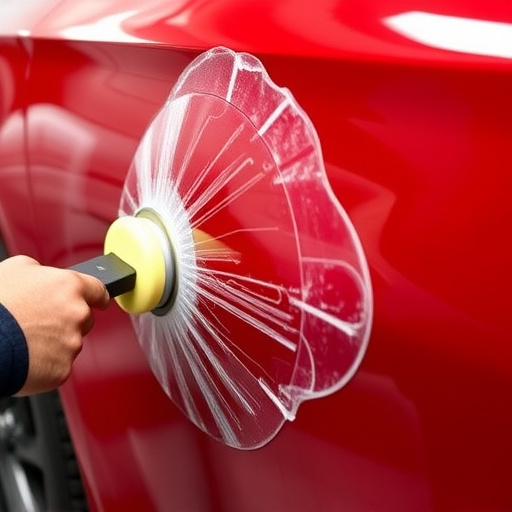
TIG welding collision systems are an advanced and precise method of repairing auto damage, particularly for complex structural repairs. These systems combine the precision of TIG (Tungsten Inert Gas) welding with specialized computer-controlled machinery to accurately straighten and join metal components. By employing this technology, body shop services can offer high-quality frame straightening that matches the original manufacturer’s standards.
For classic car restoration projects, where every detail matters, these collision systems are invaluable. They enable restorers to meticulously repair and preserve vintage vehicles’ structural integrity while maintaining their aesthetic appeal. The advanced capabilities of TIG welding collision systems allow for accurate alignment and seamless fusion, ensuring that each component is restored to its original condition, making them a preferred choice in the automotive repair industry.
Advantages in Auto Body Repair Processes
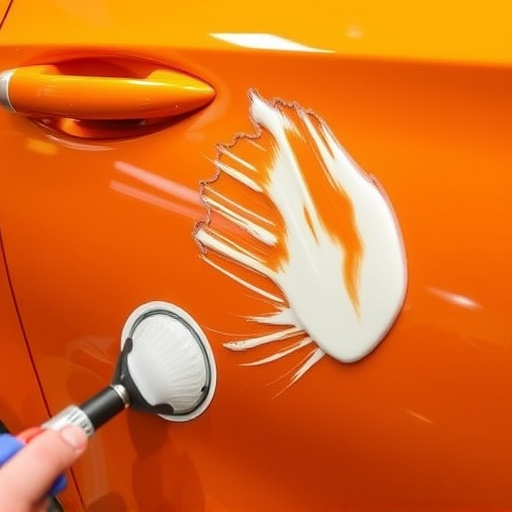
TIG welding collision systems have brought about significant advantages in auto body repair processes. One of the key benefits is their precision and control, allowing for intricate and precise welds that are both strong and aesthetically pleasing. This technological advancement enables auto body shops to deliver high-quality vehicle restoration services with minimal imperfections, ensuring customer satisfaction.
Moreover, TIG welding systems offer versatility in handling various metal types commonly found in car bodywork services. They can effectively weld different alloys, making them indispensable for complex collision repair jobs. This versatility not only streamlines the repair process but also guarantees structural integrity, a critical factor in safe and reliable vehicle collision repair.
Navigating Challenges and Ensuring Quality Repairs
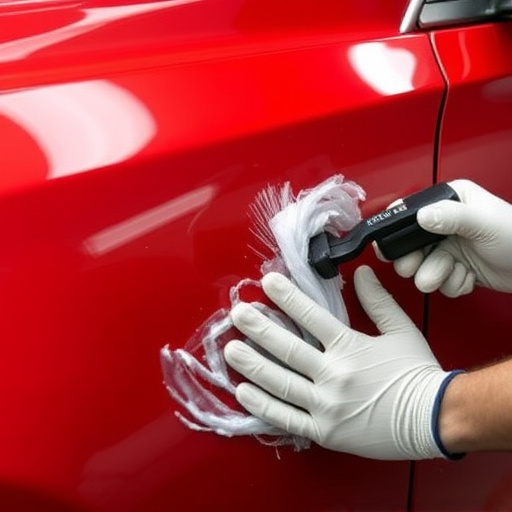
In the realm of auto repair, especially following collisions, TIG welding collision systems play a pivotal role in achieving high-quality autobody repairs. These advanced systems are designed to navigate complex challenges that arise from accident damage, ensuring precise and accurate repairs. By employing TIG (Tungsten Inert Gas) welding techniques, skilled technicians can meticulously fuse and reshape metal components, restoring vehicles to their pre-collision condition or even enhancing structural integrity beyond original specifications.
The integration of TIG welding collision systems in reputable auto repair shops facilitates efficient scratch repair and precise alignment, ultimately guaranteeing customer satisfaction. These systems enable experts to handle a wide array of issues, from dent removal and panel replacement to intricate frame straightening, ensuring that every repair meets the highest standards of quality and safety.
TIG welding collision systems have revolutionized auto repair, offering precise and durable solutions for body work. By understanding these advanced systems and their advantages, professionals can streamline repair processes, ensuring high-quality outcomes. While challenges exist, navigating them effectively allows for meticulous repairs, showcasing the value of TIG welding in today’s automotive industry.
